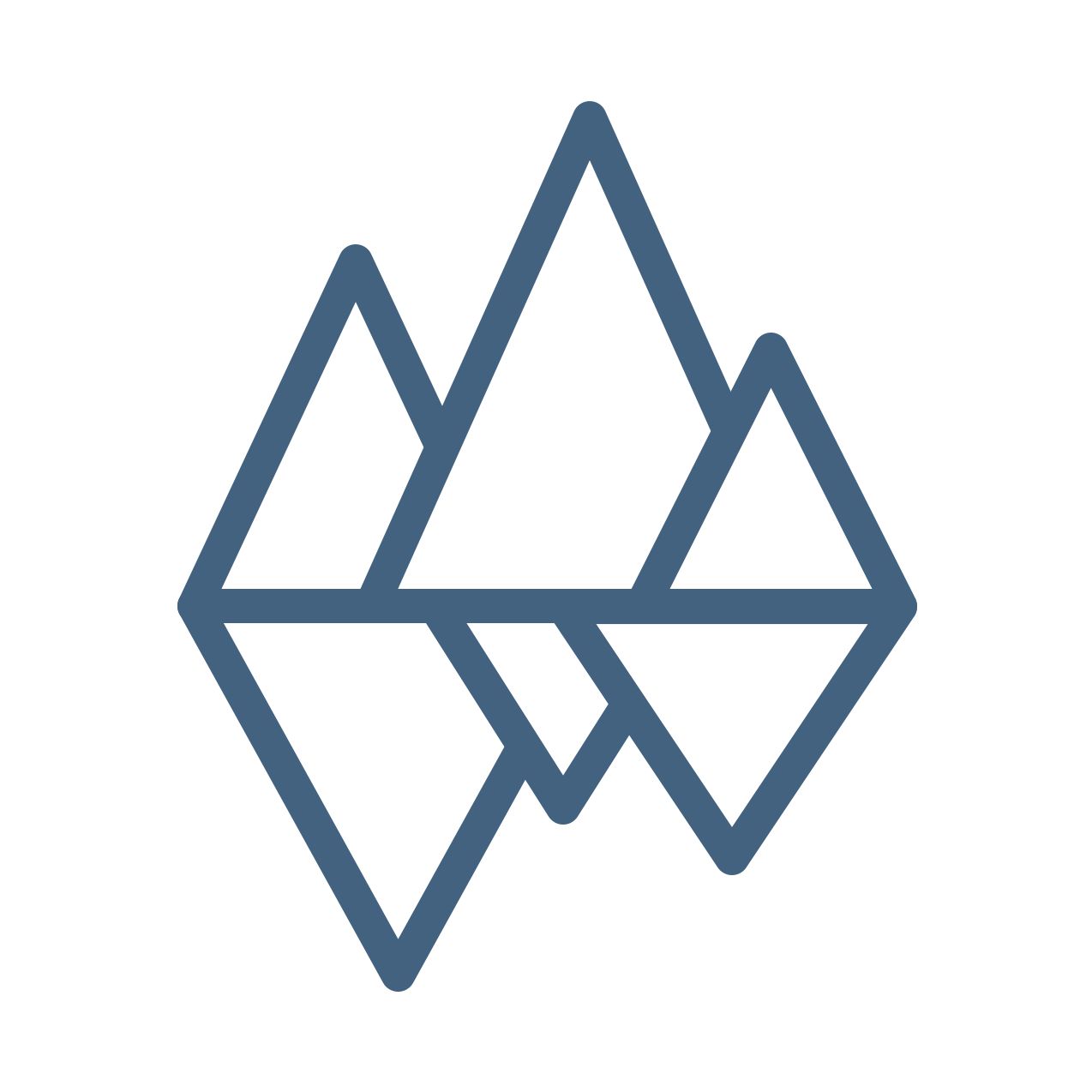3,806 reads
Designing a Website for Data
by
July 5th, 2022
Audio Presented by

The platform for everyone to access data on everything - backed by reliable sources and our unique model
About Author
The platform for everyone to access data on everything - backed by reliable sources and our unique model